
I hope you enjoy this blog post.
If you want us to appraise your luxury watch, painting, classic car or jewellery for a loan, click here.
Top 10 Most Famous & Expensive LS Lowry Paintings and Framed Prints (as of 2024)
Laurence Stephen Lowry (LS Lowry ) was a Stretford artist, born on 1st November 1887, known to the art world for some of the most famous paintings and framed prints. He died aged 88 on 23rd February 1976, leaving behind an impressive artistic legacy.
Lowry is said to have had an unhappy childhood, with a difficult mother, and a well-intentioned but distant father, and the artist distracted himself by studying the surroundings of his home in Pendlebury, where the family moved in 1909.
Lowry was fascinated by the industrial setting, and this formed a lasting impression, which can be seen in his most popular paintings and framed prints. His father died in 1932, and his mother in 1939, which sent Lowry into a deep depression.
Lowry said at the age of 88 that he had “never had a woman,’ but this did not stop him from acquiring a number of female friends. He was particularly close to fellow artist Shelia Fell and supported her career by purchasing several of her landscape pictures. He also formed a close friendship with Salford artists Harold Riley, and James Lawrence Isherwood. A lover of storytelling, he became known for his amusing but unverifiable stories, in many cases setting out to deliberately decive those around him.
In 1905, Lowry began studying under French Impressionist Pierre Adolphe Valette at the Manchester School of Art, where he further developed his interest in industrial landscapes, initially developing a dark, Impressionist tone, before moving to a lighter background to highlight the figures.
His style is distinctive and recognisable, featuring urban landscapes populated by mysterious matchstick men, in which can be seen the influence of the industrial surrounding he grew up in. Lowry considered Rosetti to be his chief inspiration.
Lowry left behind an extensive artistic legacy: around 1,000 paintings, and over 8,000 drawings. Here are a few famous standout paintings :
1. ‘Going to the Match,’ (1928)
This famous painting helps truly highlights Lowry’s love for symbolism and storytelling. Conveying a number of figures, all heading for a football stadium, the piece is deliberately obscure. No faces or teams are visible, making this a representation of all football matches, as opposed to a particular event.
2. ‘Industrial Landscape’ (1955)
A classic famous Lowry piece, this painting clearly highlights the industrial themes which pervade his work. Once again, the composition is imaginary, with realistic elements, allowing the scene to transcend a specific location or time period.
3. ‘Coming from the Mill’ (1930)
Distinctively Lowry, this famous and ultimately expensive painting shows figures heading home from a factory after work. The matchstick figures are instantly identifiable as Lowry, and the use of greys and browns highlight the industrial nature of the scene.
4. ‘Bandstand’ (1924)
Something of a contrast due to the use of pencil, ‘Bandstand’ nevertheless contains the distinctive matchstick figures which Lowry is famous for, framed against a typical industrial background.
5. ‘Portrait of Ann’ (1957)
One of LS Lowry’s most famous, mysterious, and expensive paintings, ‘Anne’ depicts a woman painted in his distinctive figural style. There are a number of theories on the identity of ‘Ann’ and her significance to the artist, though nothing has been confirmed to this day.
Ok, so what are the Top 10 most famous paintings and frame prints by LS Lowry?
Lowry left behind an extensive artistic legacy: around 1,000 paintings, and over 8,000 drawings. Here are a few famous standout paintings :
1. Going To The Match
Lowry’s iconic masterpiece, ‘Going To The Match’, depicts a crowd of football fans gathered around the front of the stadium before the game begins. It was painted in 1953 and is beloved by all football fans despite the piece not displaying any particular event. Lowry clearly kept the painting open for interpretation by providing no visible faces or teams to suggest which football match the image is depicting.
However, many believe that the image has links to Burnden Park, the previous home of the Bolton Wanderers, which was in close proximity to where Lowry lived. ‘Going To The Match’ was sold for a record-breaking £7.8 million in October 2022, becoming Lowry’s most expensive and famous painting to date (at the time of this writing in 2024).
It is returning to its home in Salford, where it can be found at The Lowry, continuing to attract visitors for years to come as LS Lowry’s most famous painting and framed print.
2. The Football Match
The Football Match, also known as one of Lowry’s modern masterpieces, was painted in 1949 and depicts a crowd of figures gathered around watching the game. The painting is made more compelling by its industrial backdrop, with the match taking place in front of a collection of factories and chimneys emitting smoke onto the scene.
Lowry himself was a Manchester City fan, which is believed to have inspired his work here to present the excited crowds of people spending their weekend enjoying an afternoon game.
His depiction of the football match unfolding in the throng of normal English city life is loved by many and was sold at auction for £4.5 million at Christie’s 20th Century British and Irish Art auction, making it one of L.S Lowry’s most famous and expensive paintings and framed prints.
3. Piccadilly Circus, London
Displaying one of Lowry’s few paintings of London, Piccadilly Circus, painted in 1943, captures the obvious buzz of the city by depicting a crowd of people gathering in the street. The painting also homes in on the busy traffic often found in London, with the famous red buses making their way through the throng of people crowding in the centre.
Lowry also clearly found delight in depicting the various advertisements displayed on billboards above the scene such as Coco Cola, adding these few little touches to make this picture extra special.
The famous Piccadilly Circus has been praised for its detailed depiction of the city, proving to be one of Lowry’s most expensive paintings, which sold at auction for $5.6 million. The auction took place in 2011 during an evening sale at Christie’s 20th Century British and Irish Art auction in London, nearly 6 months after the sale of The Football Match.
4. A Northern Race Meeting
A Northern Race Meeting, painted in 1956, is simply fascinating in its depiction of a relaxed group of people enjoying a day at a British racecourse. Unlike Lowry’s other most famous paintings, this image is rather close up and from slightly above, creating a stage-like feel to the painting as if we are watching people act out a scene rather than real life.
The picture was originally exhibited in London and represented a change in Lowry’s work, with people stating that the facial expressions were made more obvious, giving us a clear insight into the emotions of the day.
On the 19th of November 2018, the picture was sold at the Modern British Art Evening Sale for £5.2 million, making it one of the most expensive L.S Lowry paintings ever as of 2024.
5. Good Friday, Daisy Nook
Created in 1946, Good Friday, Daisy Nook represents post-war optimism depicting the first Good Friday after the end of World War Two. The painting is deliberately cheerful, showing a huge crowd of Lowry’s famous figures at an Easter fair in Daisy Nook.
Although you cannot see the facial expressions of the people depicted, Lowry adds small details to make the elevated emotion obvious by displaying small children holding balloons and bright tents looming in the background to represent the high spirits of the people.
Due to the important event that the picture displays, Good Friday, Daisy Nook is one of Lowry’s most famous and expensive paintings and sold at auction for £3.8 million in 2007.
6. Fun Fair at Daisy Nook
Like Lowry’s famous painting Good Friday, Daisy Nook, Fun Fair at Daisy Nook also depicts the annual Easter fair. The two paintings are very similar, displaying a crowd of colourful people enjoying the amusements of the fairground, with the ride ‘Silicock Bros Thriller’ featuring prominently in the background.
The picture was painted 7 years after Good Friday, Daisy Nook in 1953 and became one of Lowry’s most famous and expensive paintings, selling at auction for £3.4 million at Christie’s in 2011.
7. The Sea
Lowry’s The Sea is one of his most famous paintings thanks to its depiction of the serenity of the ocean from a close-up view. The angle at which it is painted allows viewers to feel as if they are out at sea themselves, looking out over the water from a boat bopping on the surface.
Painted in 1964, it is praised for its accurate depiction of the unpredictability of the sea – although the water seems calm, it is surrounded by a hazy sky as if a storm could be on the horizon.
Lowry loved the ocean but often described it as ‘the battle of life’, finding curiosity in the way that it could transform at any second from calm to violent and life-threatening. The Sea is rightly one of LS Lowry’s most expensive and popular paintings, selling for £2.7 million at the Modern British Art Evening Sale in London in March 2022 and also becoming one of his best-framed prints.
8. The Mill, Pendlebury
The Mill, Pendlebury, painted in 1943, is famous for its depiction of Lowry’s hometown in northwest England, where he lived surrounded by a particularly industrial landscape. When viewing the painting, you are drawn to the light crowd dispersed at the forefront of the page, followed by the surrounding terrace houses and Acme Spinning Company Mill, which looms in the background.
The industrial theme of the painting is perfectly displayed by the billowing chimneys and large factories encasing the crowd of people, making it one of Lowry’s most famous and valuable paintings and framed prints as his first-ever attempt at an industrial scene.
Lowry sold The Mill, Pendlebury to the family of the late owner; however, when he died, the painting was put up for sale. It received over double the expected price at auction, selling for £2.7 million.
9. Industrial Landscape
Lowry’s next depiction of an industrial scene was ‘Industrial Landscape’, with its billowing chimneys and grey buildings that dominate the painting. Unlike Lowry’s other paintings, the people are depicted as tiny figures, barely noticeable and without any expression.
The lack of life only adds to the industrial wasteland that Lowry has created, displaying the town in a murky grey colour surrounded by a contaminated river.
The piece was painted in 1944 and during an auction at Christie’s in 2011, Industrial Landscape became one of Lowry’s most expensive and well-known paintings and framed prints, selling for £2.6 million.
Lowry later claimed that he only used five colours in his paintings, including Industrial Landscape, which was proven to be true, with only a limited amount of colour being depicted in the houses inhabiting the industrial town.
10. A Town Square
A Town Square by Lowry, painted in 1953, offers a more up-front insight into the hustle and bustle of city life. Unlike his usual, anonymous depiction of people that his work is well known for, this painting allows viewers to see the facial expressions of several people up close at the forefront of the image. The man in the centre of the picture is even facing the viewer, as if staring right at them, turning an ordinary scene into a charming spectacle and hence bringing it to life.
A Town Square has a captivating nature, so it’s no surprise that it’s one of Lowry’s most famous, valuable and expensive paintings to date, being auctioned at £2.5 million at the A.J Thompson Collection Evening in 2014. Lowry said himself that ‘a street is not a street without people’, which he successfully depicts in A Town Square by bringing a mundane street to life.
To summarize, some of the most famous and expensive art and paintings by Lowry include:
You may also like….
Valuating your L Lowry art & painting
New Bond Street Pawnbrokers are a discreet, luxury pawnbroking service facilitating loans against fine art against a variety of artists like Andy Warhol, Bernard Buffet, Damien Hirst, David Hockney, Marc Chagall, Raoul Duffy, Sean Scully, Tom Wesselmann, Tracey Emin, Banksy, and Roy Lichtenstein to name just a few.
This post is also available in:
Français (French)
Deutsch (German)
Italiano (Italian)
Português (Portuguese (Portugal))
Español (Spanish)
Български (Bulgarian)
简体中文 (Chinese (Simplified))
繁體中文 (Chinese (Traditional))
hrvatski (Croatian)
Čeština (Czech)
Dansk (Danish)
Nederlands (Dutch)
हिन्दी (Hindi)
Magyar (Hungarian)
Latviešu (Latvian)
polski (Polish)
Português (Portuguese (Brazil))
Română (Romanian)
Русский (Russian)
Slovenčina (Slovak)
Slovenščina (Slovenian)
Svenska (Swedish)
Türkçe (Turkish)
Українська (Ukrainian)
Albanian
Հայերեն (Armenian)
Eesti (Estonian)
Suomi (Finnish)
Ελληνικά (Greek)
Íslenska (Icelandic)
Indonesia (Indonesian)
日本語 (Japanese)
한국어 (Korean)
Lietuvių (Lithuanian)
Norsk bokmål (Norwegian Bokmål)
српски (Serbian)
Tamil
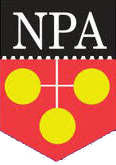

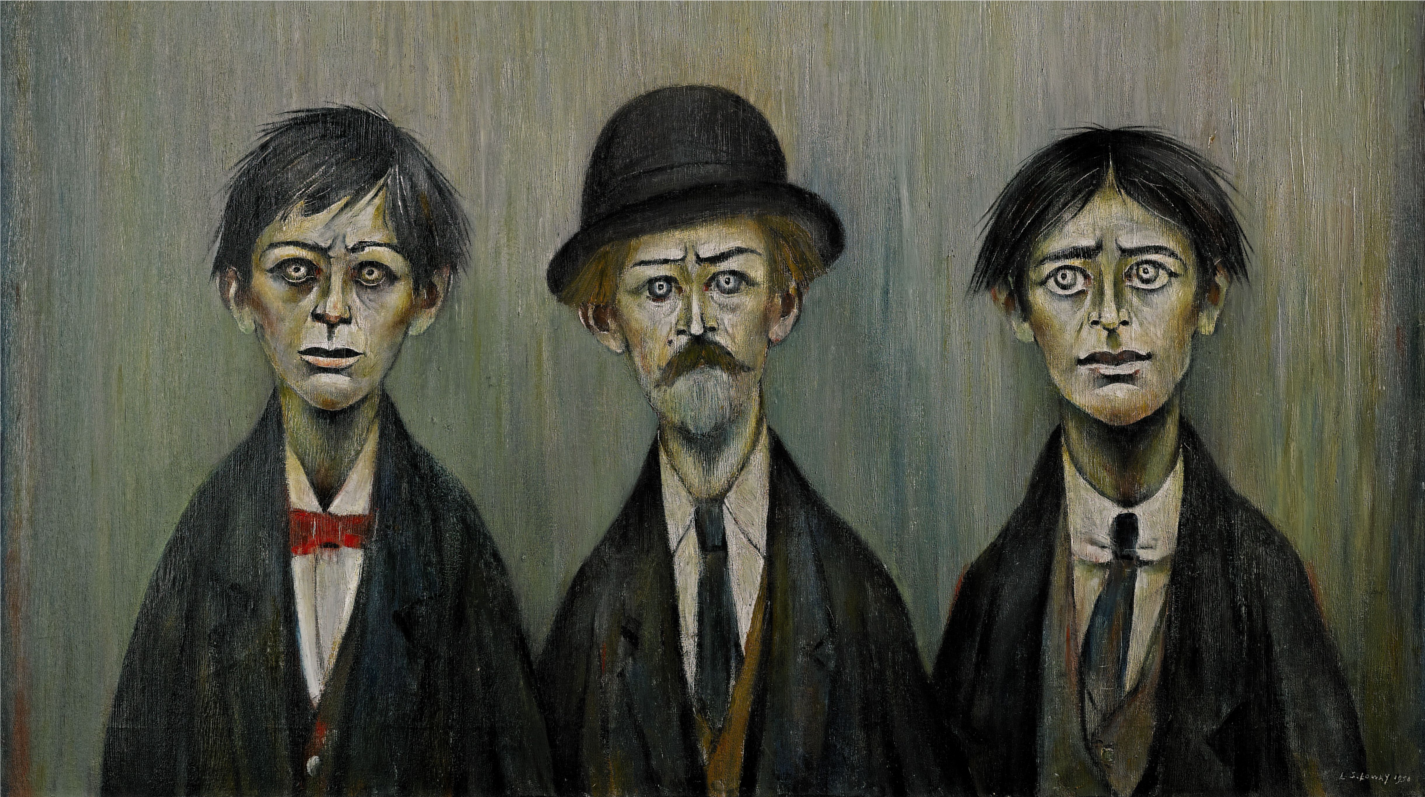
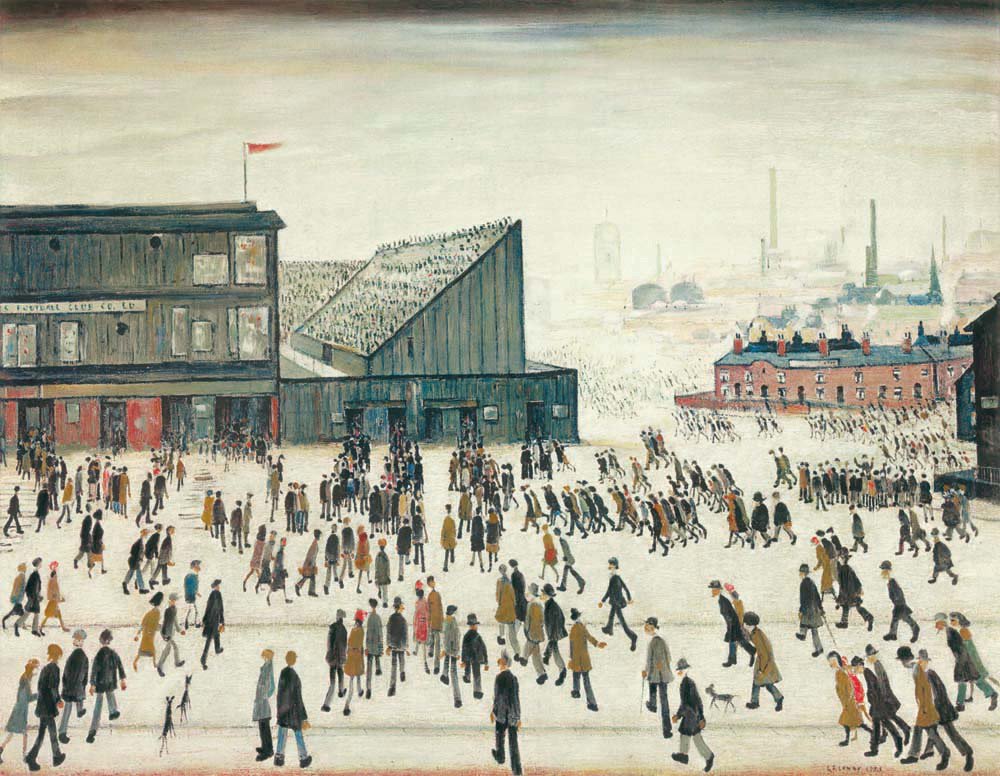
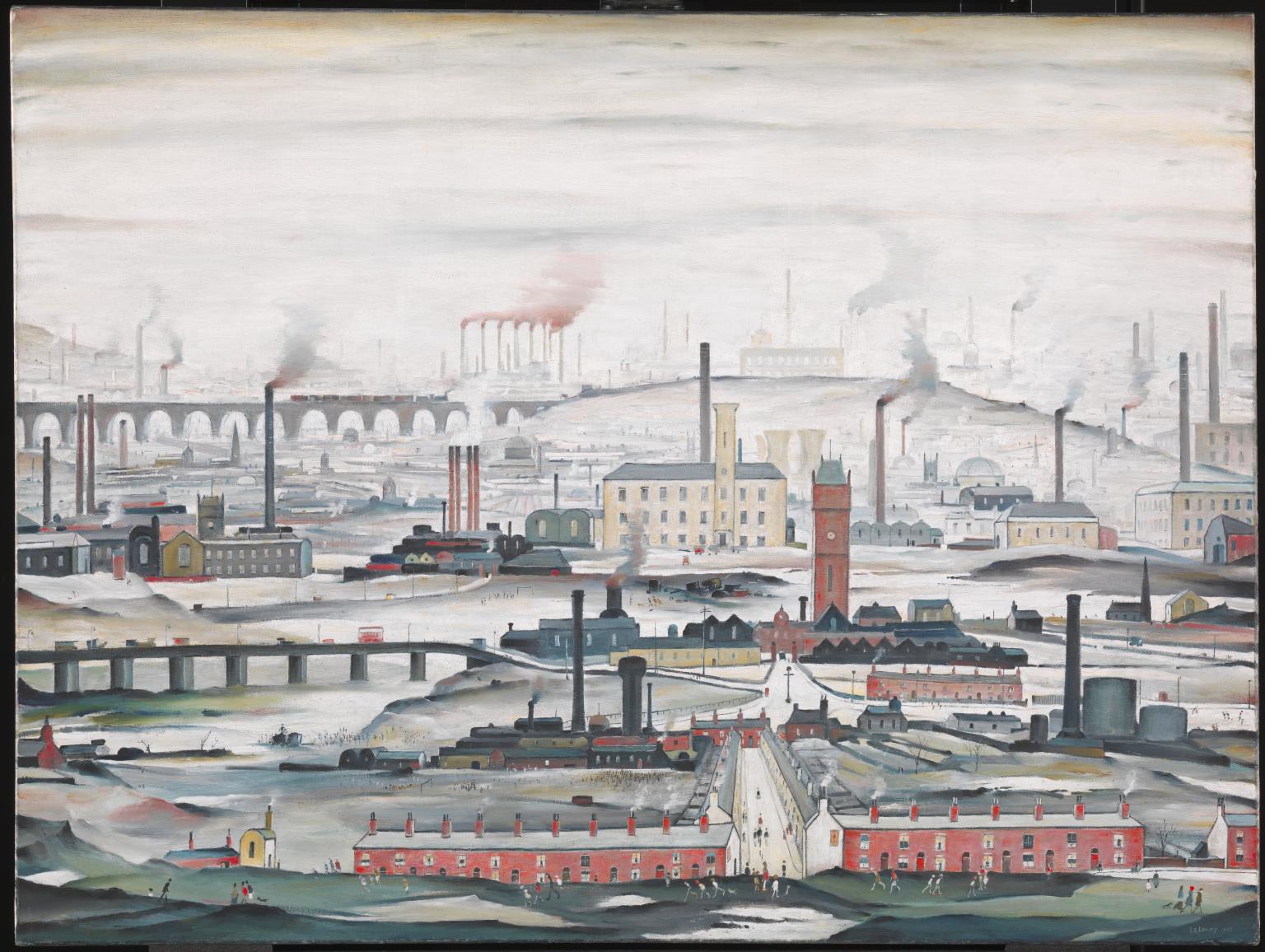
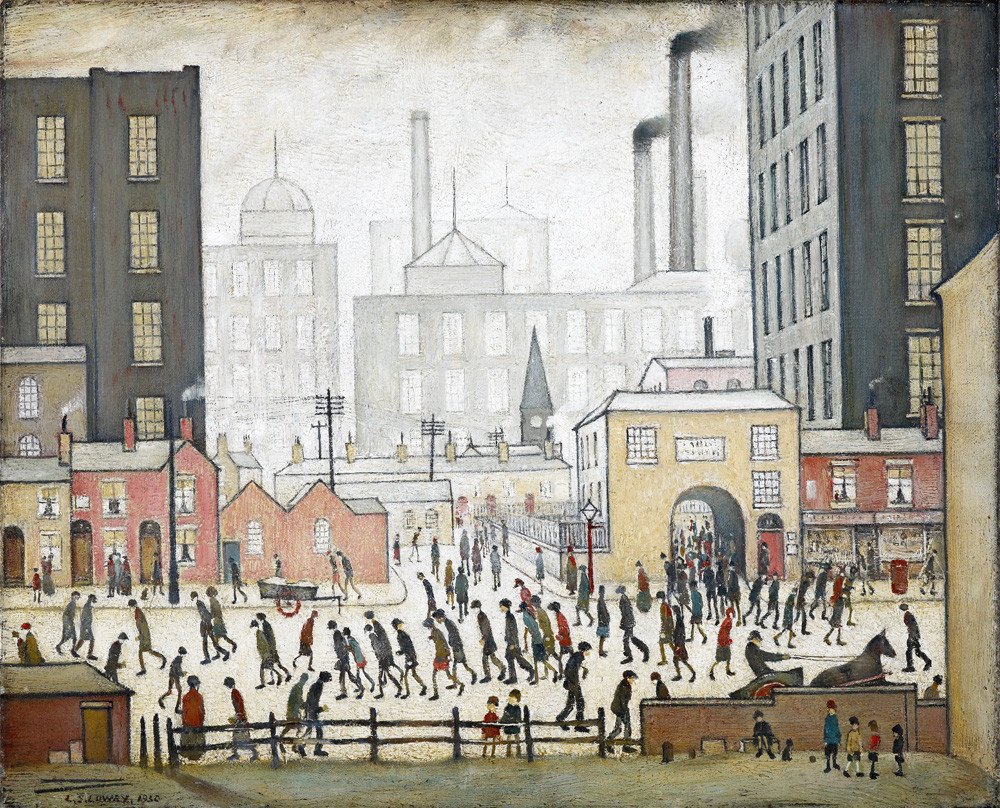
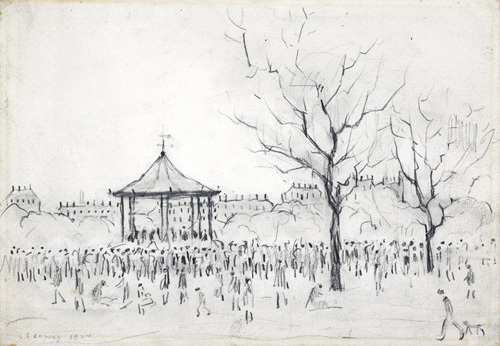
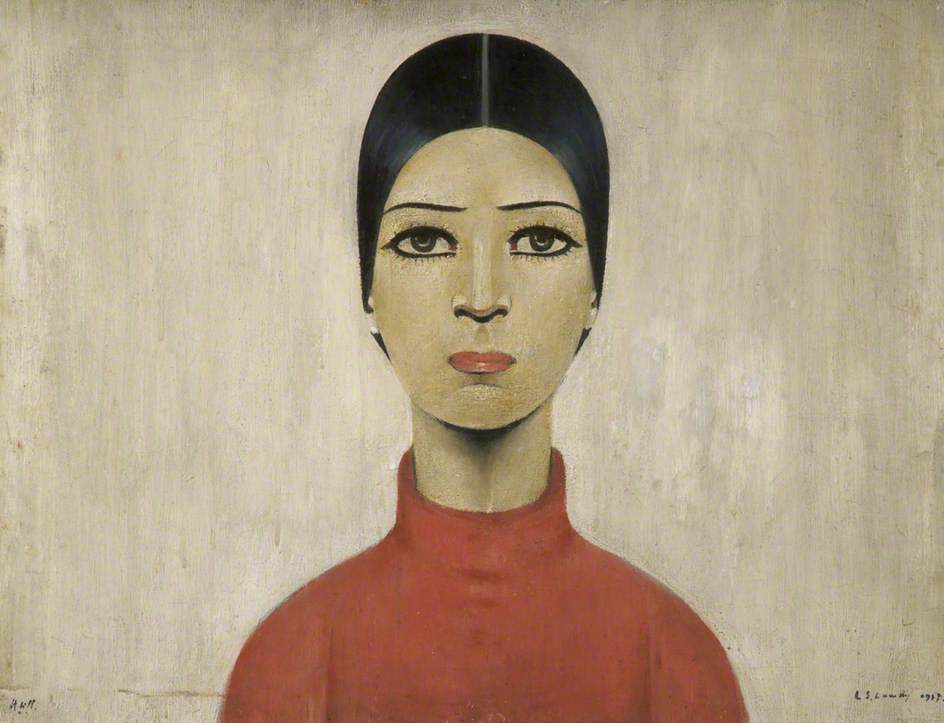
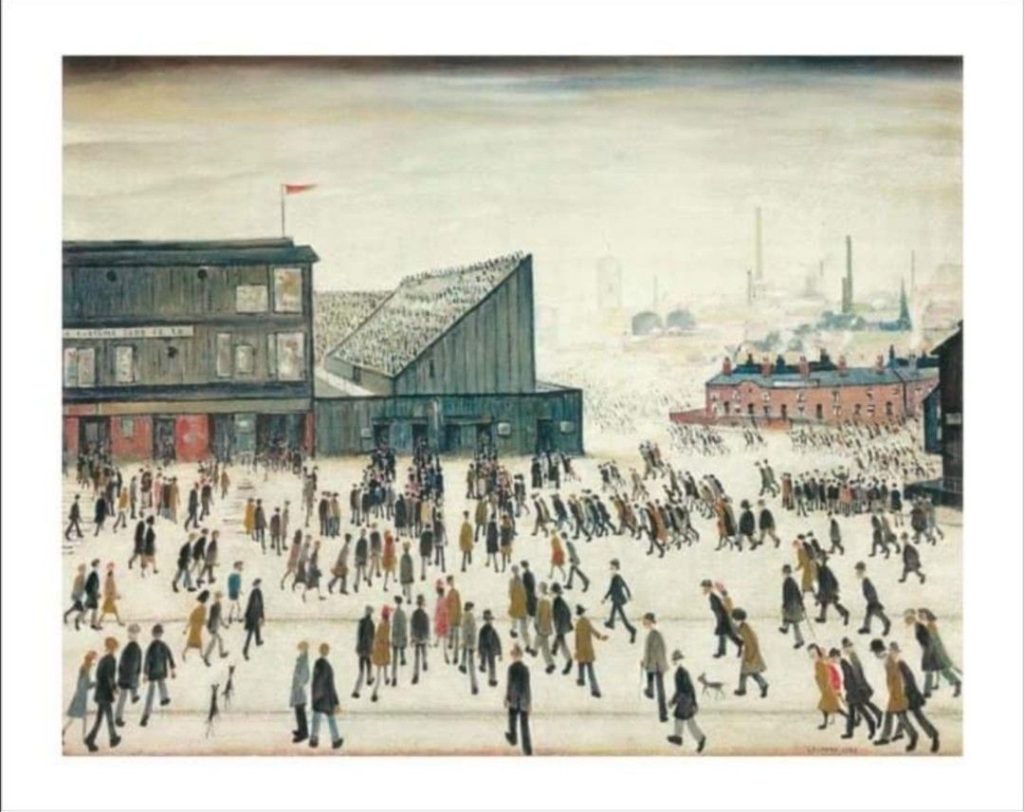
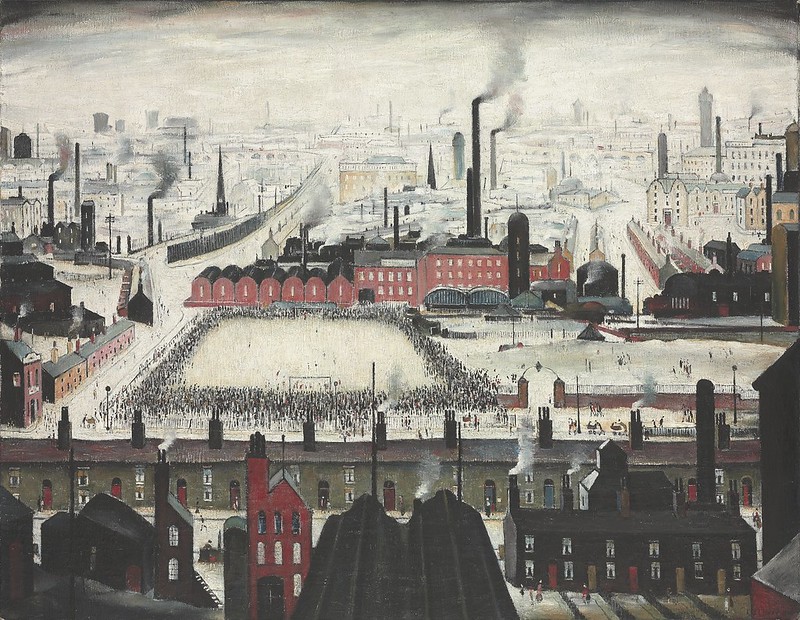
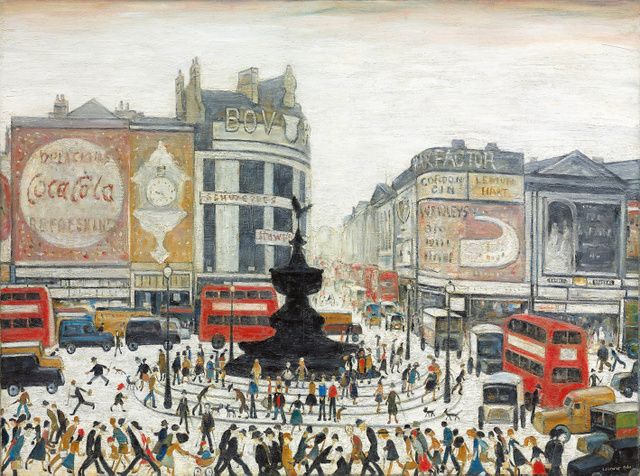
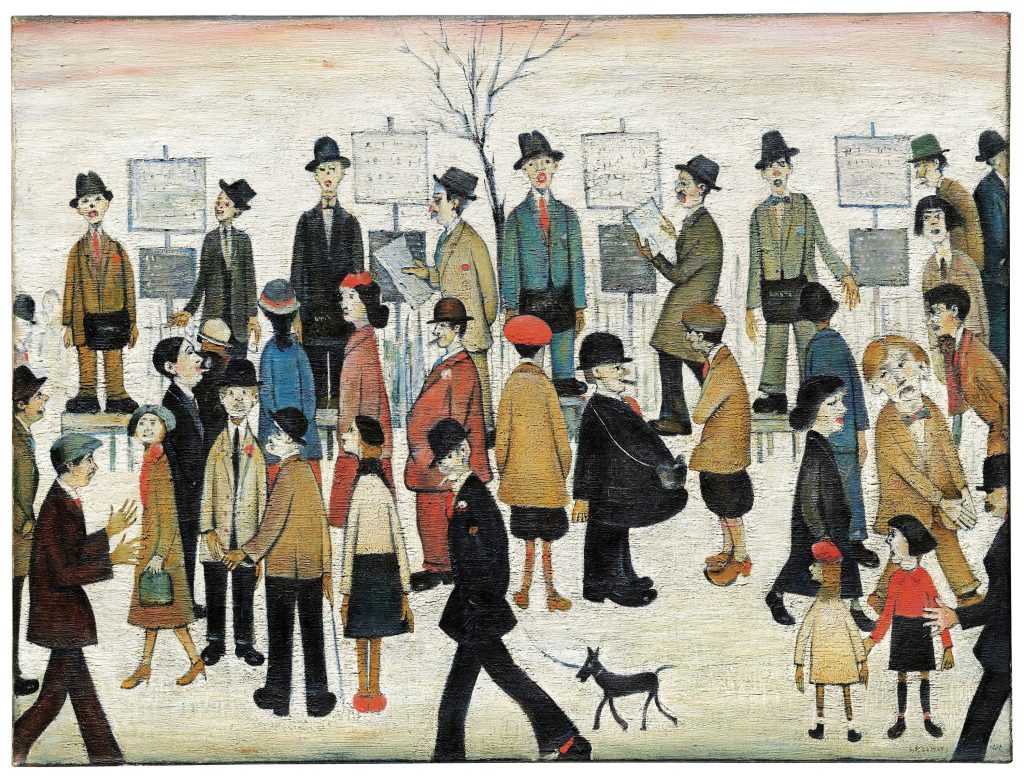
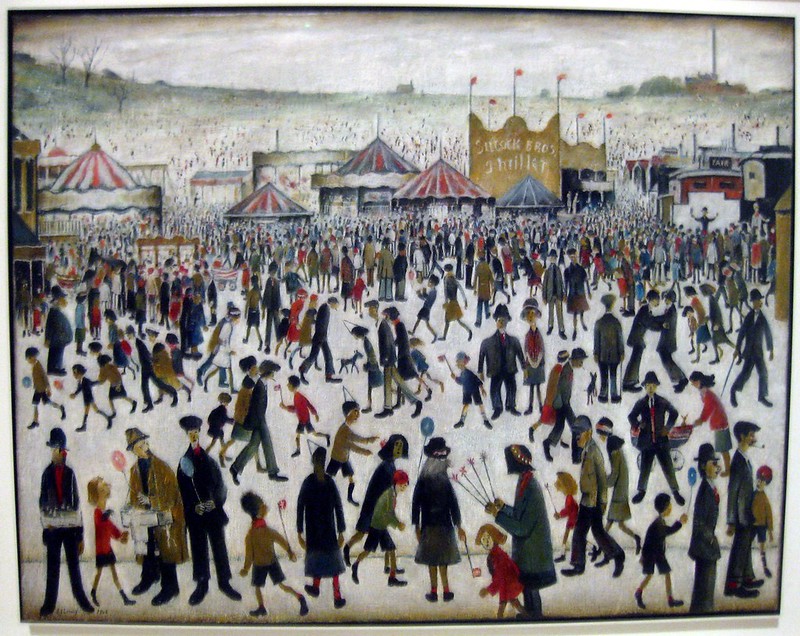
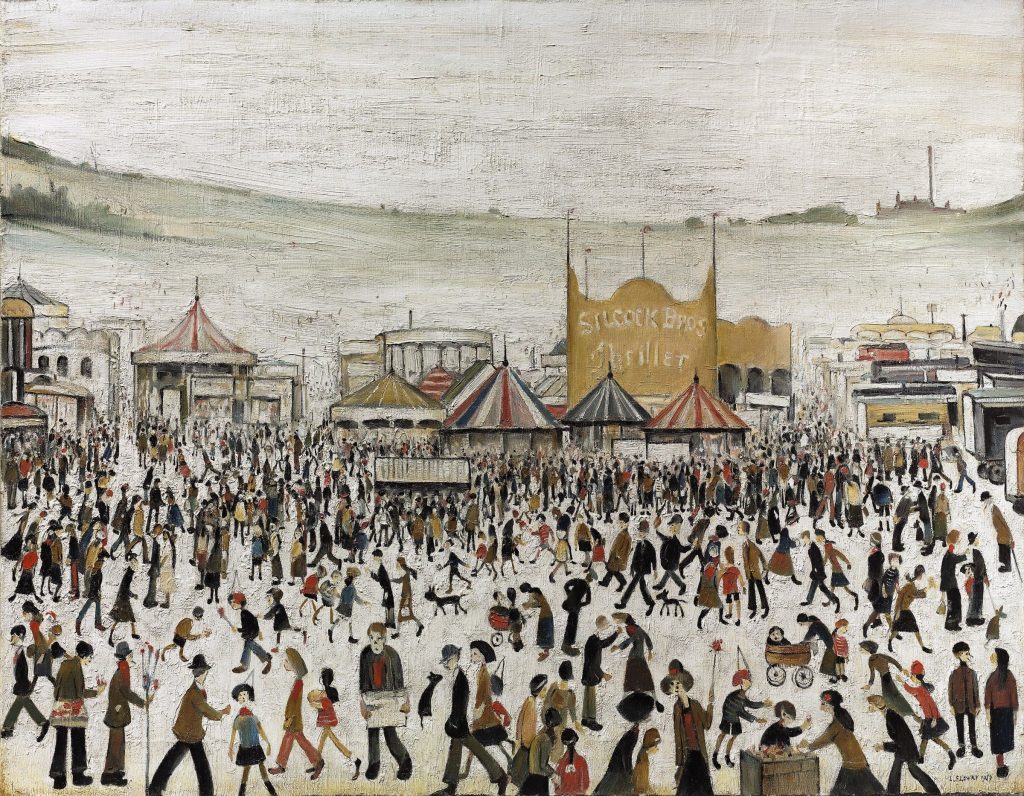
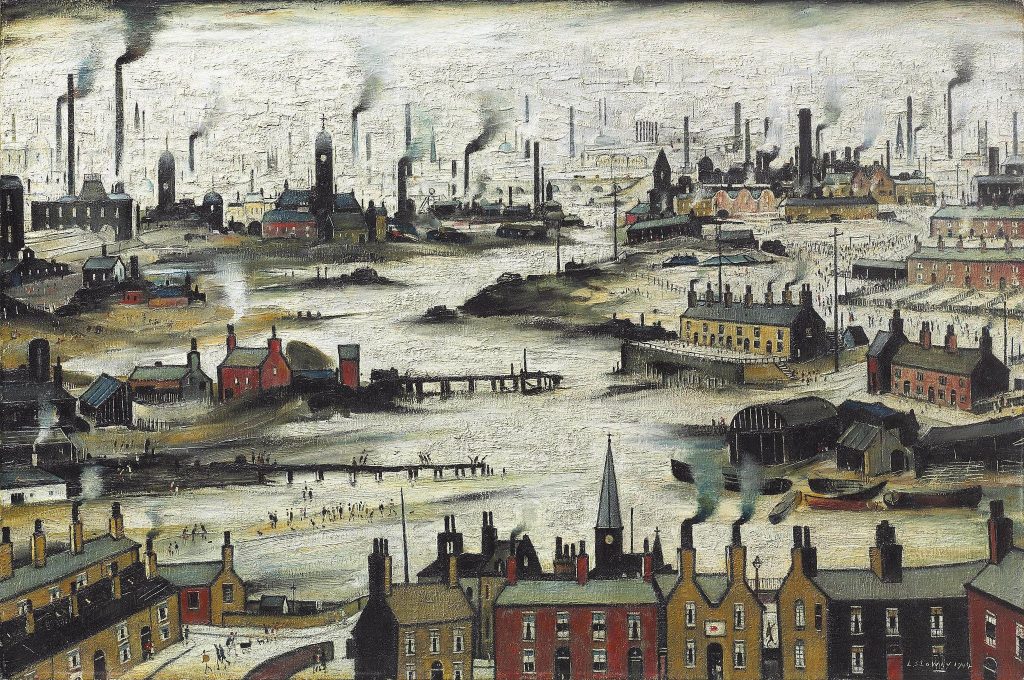
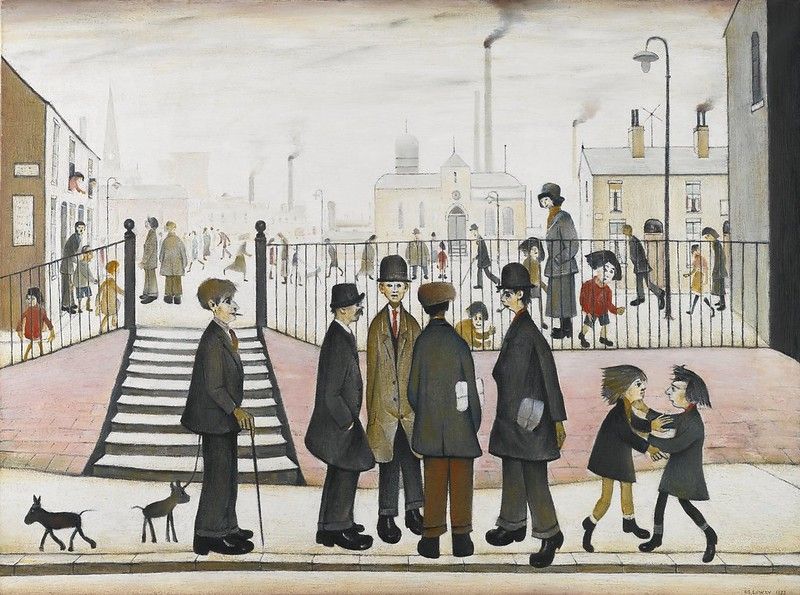

Be the first to add a comment!